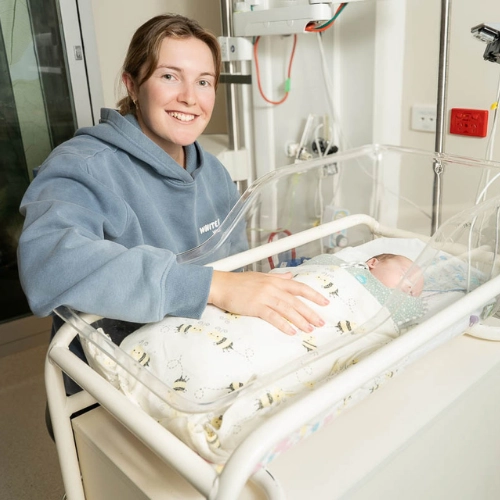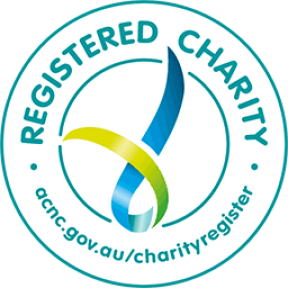




New hope for tiny patients

Dr Taverner, an anaesthetist at Flinders Medical Centre, is transforming how babies are cared for during common hernia operations. Traditionally, this procedure uses full-body anaesthesia and a breathing tube, which can be riskier for babies, especially those born prematurely.
To reduce those risks, Dr Taverner and her team trialled a new method using a small injection in the lower back, calming medicine, and oxygen through the nose—avoiding the need for general anaesthesia altogether.
“Groin hernia surgery is the most common operation in babies,” explains Dr Taverner. “But general anaesthetic can pose challenges for little ones.
There are concerns about how repeated exposure may affect brain development, especially in the earliest stages of life.”
Tested across three hospitals by 22 doctors, this approach proved both safe and effective. It offers new hope for families and a kinder alternative for babies at a vulnerable time. Her research is already making a real-world impact, and the technique is now being embraced by surgeons and neonatal teams across the Southern Adelaide Local Health Network (SALHN).
Dr Taverner’s passion for improving care led her to begin a PhD through Flinders University, focused on enhancing outcomes for babies undergoing hernia surgery, which she hopes to conclude at the end of this year.
“We want to try and provide the best and safest possible care we can to our babies locally, but also develop a technique that can be used or adapted to suit many babies looked after by different people nationally and globally.”
“Parents have been incredibly supportive of this project. They want the best and safest option for their babies, and this gives them that choice.”
“We want to try and provide the best and safest possible care we can to our babies locally, but also develop a technique that can be used or adapted to suit many babies looked after by different people nationally and globally.”
“Parents have been incredibly supportive of this project. They want the best and safest option for their babies, and this gives them that choice.”

Building on this success, she’s now exploring how babies’ lungs behave during surgery, using advanced imaging technology to visualise airflow in real time.
This could further refine care and comfort for newborns in surgery.
This project was made possible through funding from the 2022 SALHN Enquiry Grant Round, jointly supported by Flinders Foundation and The Hospital Research Foundation Group. Additional support came from ANZCA, ASA, and SPANZA.
These projects are a powerful reminder of how donor support fuels life-changing care and innovation.
Thanks to this research, more babies—here in southern Adelaide and around the world—can receive the best start to life, without exceptions.

More stories about
Keep up to date
Subscribe to our newsletter to receive information on our latest news and events
Flinders Foundation acknowledges the Kaurna people as the traditional custodians of the land on which the Flinders precinct was established. We acknowledge the Kaurna people’s deep and ongoing connection to land, waters and community, and pay our respect to their Elders, past and present.


















